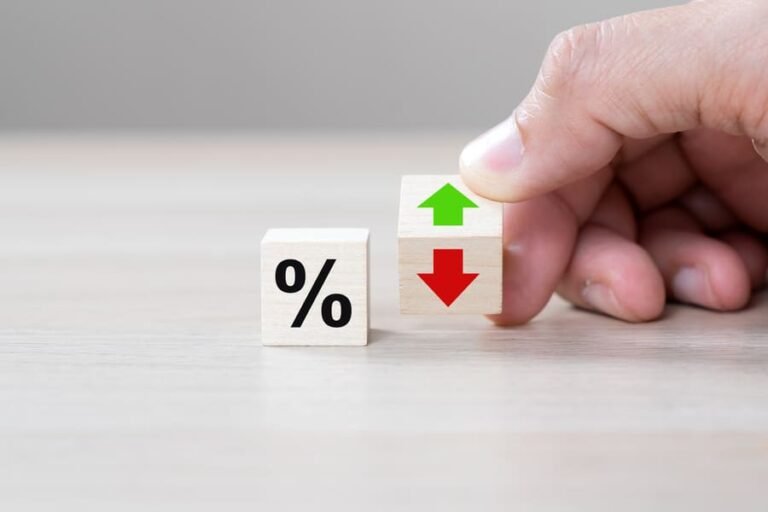This can make variable rates more unpredictable compared to fixed rates, as your monthly repayment amount can fluctuate based on market conditions. While this can be advantageous in a low-rate environment, it can also pose risks if rates increase unexpectedly.
Variable rates are often used in adjustable-rate mortgages (ARMs) or lines of credit, where the interest rate can change periodically. Lenders typically set a cap on how much the rate can increase to protect borrowers from large spikes in repayment amounts.
For example, if you have a $100,000 loan with a variable interest rate starting at 5% and a 10-year loan term, your monthly repayment amount may change if the rate increases or decreases based on market conditions. This can impact the total cost of financing over the life of the loan.
Understanding the differences between fixed and variable rates can help you determine which option is best for your business needs. Fixed rates provide stability and predictability in repayment amounts, while variable rates offer flexibility and the potential for savings in a low-rate environment.
Consider your risk tolerance, market conditions, and financial goals when deciding between fixed and variable rates for your financing needs. Consulting with a financial advisor or lender can also help you make an informed decision based on your individual circumstances.
Ultimately, whether you choose a fixed or variable rate will depend on your comfort level with risk, your financial situation, and your long-term borrowing goals. By weighing the pros and cons of each rate type, you can make an informed decision that aligns with your business objectives and financial capabilities.
If you are comfortable with taking on some risk and are prepared for potential rate increases, a variable rate could be a good option for you.

